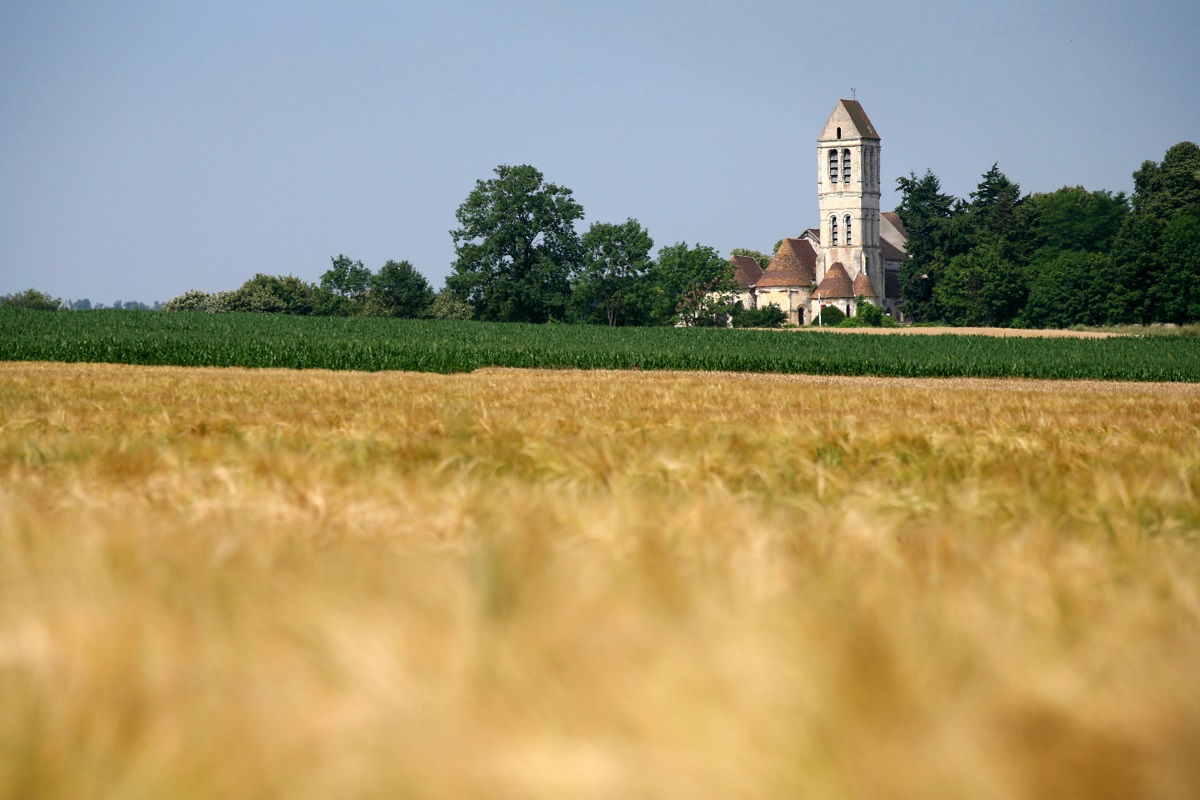Add to favorites
Situated on the slopes of the Ysieux valley, between the Plaine de France and the Chantilly forest, about thirty kilometers north of Paris, Luzarches gives you the opportunity to relive medieval times.
Luzarches, a very old village
Occupied since at least the Bronze Age, Luzarches has had a parish church since the 8th century.
In the 9th century, Norman incursions forced the construction of a feudal mound, a 15 m high mound of earth (still in place) topped by a wooden castle, surrounded by ditches and palisades. Then it is a wall and towers that protect the village.
The Beaumont family, the first lords of the place, occupied the Château d’En-Haut. Around 1170, Jean de Beaumont brought back from the Holy Land relics of Saints Como and Damien. An important pilgrimage is then set up to ask for the intercession of these two twin saints, patrons of doctors and pharmacists.
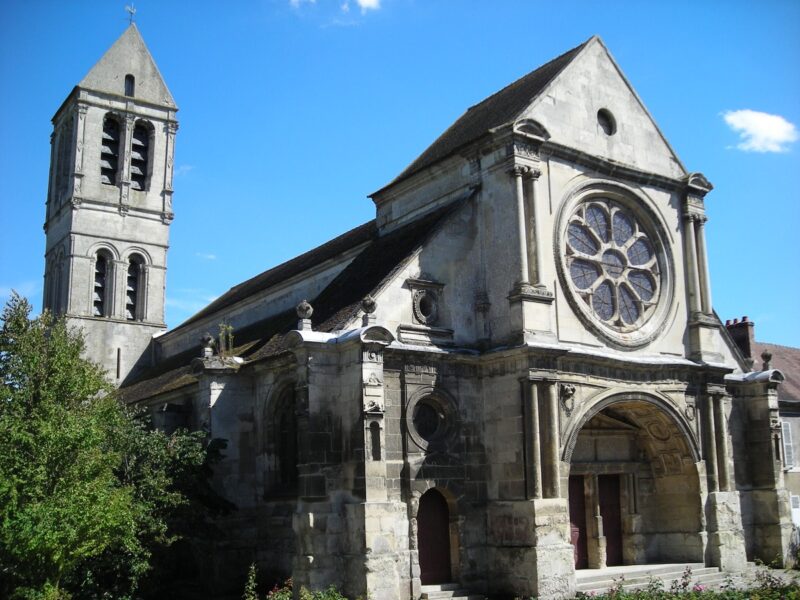
Luzarches becomes, at the beginning of the 13th century, a village of a certain importance, 400 fires are counted in 1204. A Hôtel-dieu and a leprosarium welcomed the sufferers. It is the family of the Bouteillers de Senlis who built the “Château d’En-Bas”, completed in 1220.
Luzarches remained a prosperous city until the end of the 14th century. But the Hundred Years’ War brought misery; the population was decimated and the fields often remained uncultivated. In 1492, the “de Cenesme”, bankers from Lucca in Italy, became the only lords of Luzarches, after four hundred years of division between two families.
Around 1510, Luzarches recovered from the war damage and with a population of about 2,400, it is once again a flourishing town. Towards the end of the century, the castle of En-Haut was partially destroyed during the new Wars of Religion and transformed into a farm.
In the 17th century, the princes of Condé became lords of Luzarches.
At the dawn of the 19th century, Luzarches was one of the most populated and dynamic towns of the Seine-et-Oise department.
Luzarches, a town of transit
For more than three centuries, from 1479 to 1853, the heart of Luzarches beat to the rhythm of its main artery, the main road from Paris to Calais. The third post relay from the capital, many inns offered their services and weekly markets were held under the wooden hall.
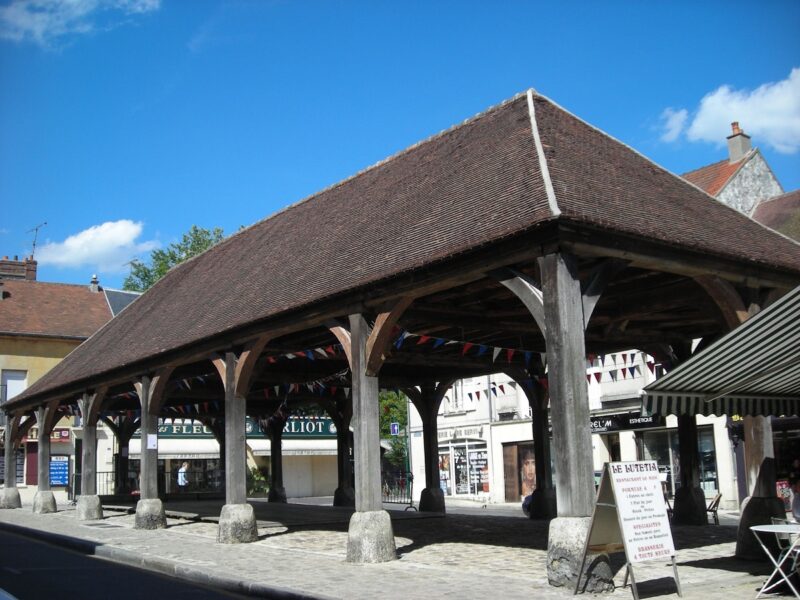
Today, Luzarches is served by two major departmental roads, both of them old national roads whose origins go back to the past, N13 and N322. And the train has been serving the town since the end of the 19th century, 45 minutes from Paris.

Luzarches, a heritage town
Luzarches is proud of 5 historical monuments on its territory.
- Saint-Côme-Saint-Damien churche
A short distance from the village, the church of Saint-Côme and Saint-Damien has watched over the souls of the villagers since the early Middle Ages. It is especially its facade which is remarkable, completed in 1548 by Nicolas de Saint-Michel, in the late Renaissance, it regains the charm of the Ancients by the reuse of coffered vaults, pediments and richly carved decorations.
- The Hall of 1740, in the center of the city, mentioned as early as 1386. The roof rests on seventeen wooden pillars set on stone bases.
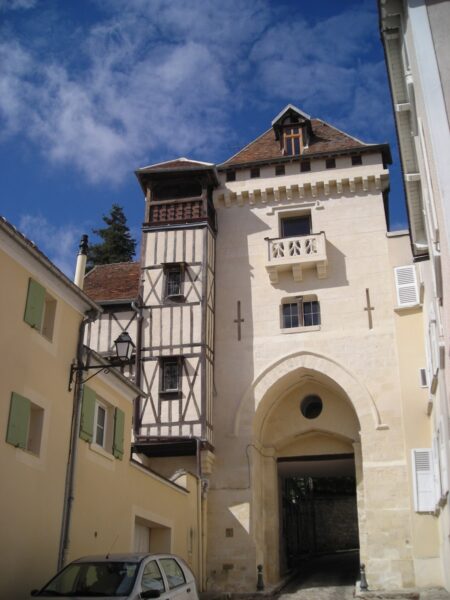
- The 13th century Porte Saint-Côme, located at the top of the rue Saint-Côme, is part of the walls of the first fortified castle on the promontory overlooking the valley.
- The remains of the walls of the Saint-Côme or En-Haut castle with the base of a 12th century dungeon and the ruins of a collegiate church.
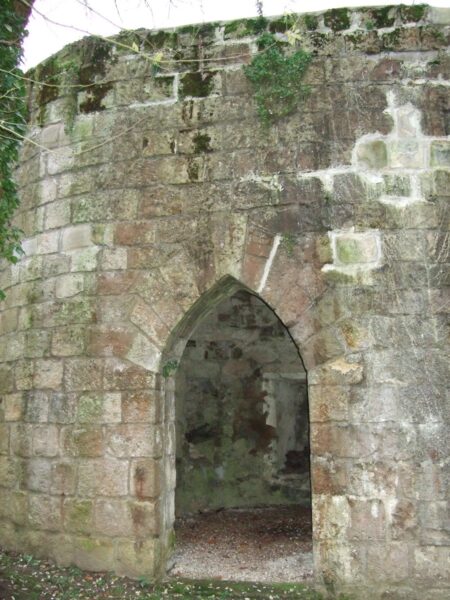
- In the distance is the former abbey of Hérivaux, of which the ruins of the church and the 12th century tiary barn remain, as well as a monastery building rebuilt in the 18th century.
Twelve interpretation panels form a 2 km loop and allow you to discover this rich local history.
To complete your visit:
Discover the walk by clicking on this link or downloading the ‘Walking, Cycling & Riding in the Parc Oise’ app to be geolocated.
Add to favorites



